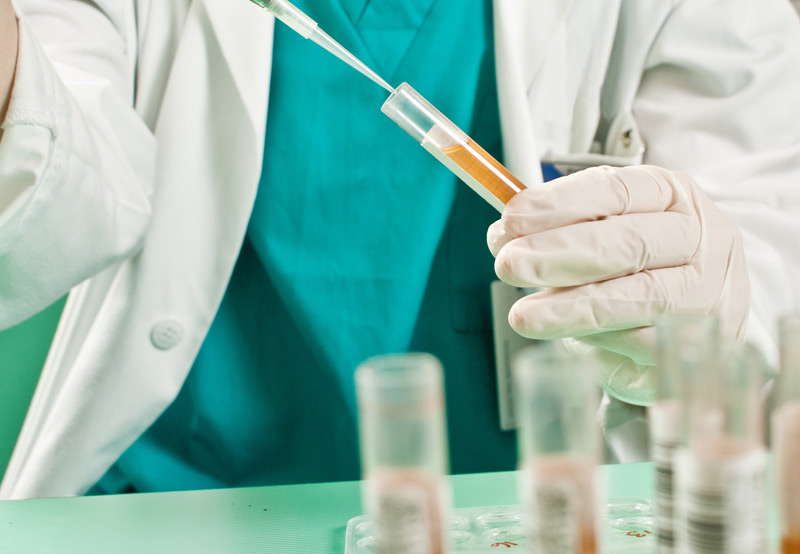

Recurrent urinary tract infections (UTIs) may occur due to reinfection or a persistent infection. A recurrent UTI is defined as three episodes of a UTI within a 12-month period, or two episodes within a six-month period.
Risk Factors For Recurrent UTIs
The risk of developing a UTI varies with age. Before menopause, the use spermicides and sexual intercourse increases the risk of a UTI. Sexual intercourse increases the number of bacteria in the bladder, while spermicides kill off Lactobacilli, a beneficial bacteria in the vagina.
After menopause, the presence of Lactobacilli in the vagina naturally declines and the bladder contractions become weaker, making it more difficult to empty completely. A family history of frequent UTIs is another risk factor.

Symptoms of a UTI
Women with a UTI in the urethra and bladder may experience the following symptoms:
- Urinary incontinence
- Lower back pain
- Pain during sexual intercourse
- Blood in the urine
- Pain or burning during urination
- Difficulty urinating
- Foul-smelling urine
- Cloudy urine
- Need to urinate frequently
- Urinary incontinence
- Unusual discharge
- Irritated urethra
- Strange sensations or pain in the pelvic area
Symptoms of an upper UTI (in the kidneys), may include:
- Vomiting
- Nausea
- Pain in the upper back and/or side
- Fever and chills
Diagnosing UTIs
It’s possible for a woman to experience symptoms of a UTI but receive a negative test result. A few reasons for this include:
- Urine isn’t sterile and contains its own unique microbiome
- The pathogens causing symptoms weren’t in the urine sample
- UTIs can be caused by multiple pathogens
- Most bacteria cannot grow in standard urine culture
- White blood cells in urine are often ignored
- The standard UTI test isn’t effective for lower UTIs
- The test overlooks the epithelial cells
- It’s nearly impossible to collect an uncontaminated urine sample
More effective testing for UTIs include:
1. Next Generation Sequencing to identify fungi, bacteria, and parasites.
2. Deep Metagenomic Sequencing to identify fungi, parasites, bacteria, and viruses.
3. Pooled Antibiotic Susceptibility Testing to evaluate antibiotic sensitivity of the bacterial community and individual pathogens.
4. Expanded Quantitative Urine Culture (EQUC) to test larger volumes of urine, and different conditions and incubation times.
5. Fresh Sample Urine Microscopy Test to identify fungi, bacteria, white and red blood cells, and epithelial cells.
Tips For Preventing UTIs
The following steps can help reduce the likelihood of developing a UTI:
- Empty the bladder immediately after sexual intercourse
- Use contraception that doesn’t include a spermicide
- Consider vaginal estrogen therapy for post-menopausal women
- Drink two to three liters of fluid every day
Treatment For Recurrent UTIs
A low dose of antibiotics can help treat recurrent UTIs. But there is a risk of bacteria becoming resistant to antibiotics over time. Women with a prescription for antibiotics should experiment with a few different options to find a solution that works for them:
- Take antibiotics only after having sex
- Take a low dose daily for at least six months
- Wait until you experience symptoms of a UTI
It’s important to take the right antibiotic for the infection to ensure positive impact and no negative side effects.
